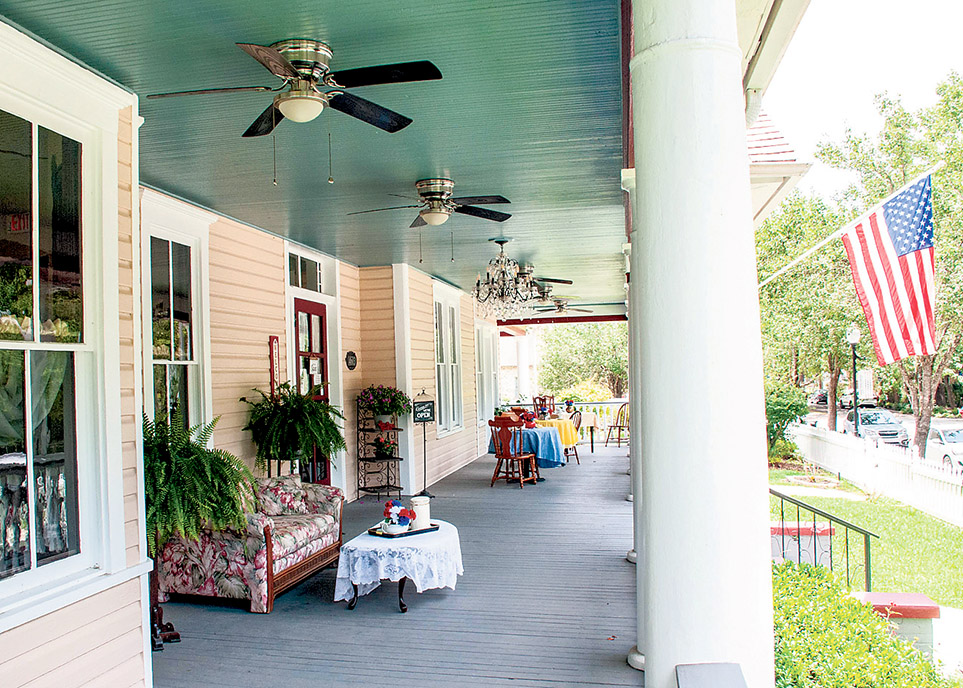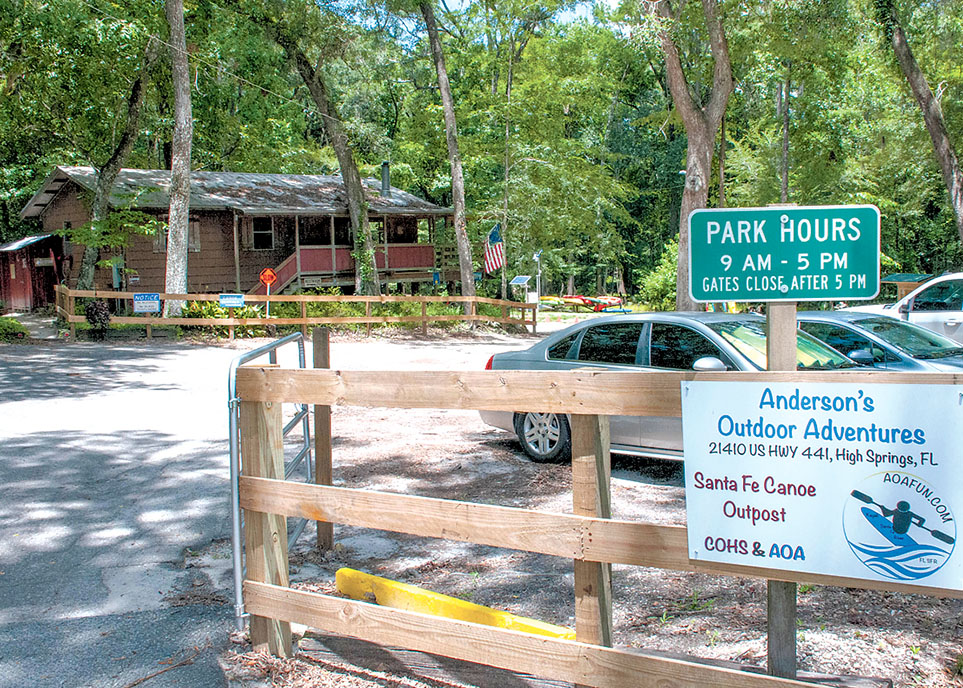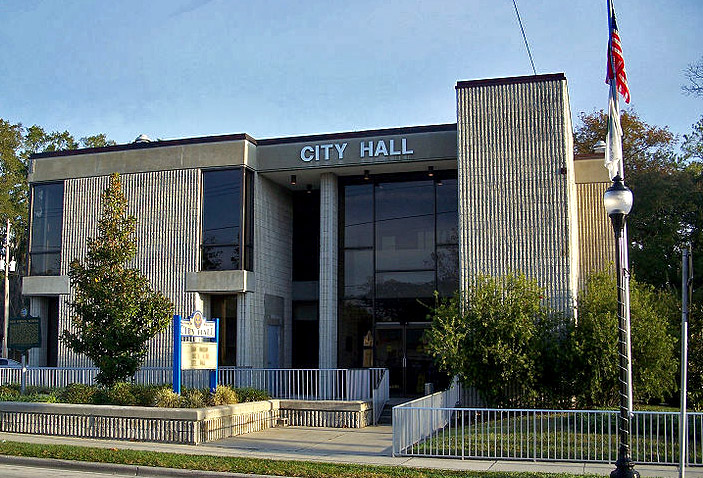ALACHUA ‒ Sitting on Main Street in Alachua, a stately Victorian house reminiscent of San Francisco’s finest Victorians on Postcard Row, is Teatime, Tranquility and Treasures at Willow's Rest. The charming tea house with steep, gabled roofs, decorative woodwork and a turret offers fresh pastries and sandwiches in a relaxing setting that beckons back to yesteryear.
For owners Louis Blair and wife Yvonne Fort, the tea house is the realization of a dream. Blair has been nurturing the vision of a tea house for 30 years. But his life went in a much more dramatic and stressful direction.
Blair spent almost two decades as a flight paramedic on helicopter life flights in Colorado, saving lives of critically injured patients and surviving two helicopter crashes in the process. The couple eventually moved to South Florida where Blair was the patient access manager for an emergency room and Fort ran a geriatric care center they founded.
Six years ago, the couple left the drama of emergency care and retired to Ocala with thoughts of raising and training race horses on their own farm. But fate stepped in, when on June 1, 2016, Blair suffered a massive heart attack. This was a wakeup call for both of them, and they moved to small town life in Alachua and finally opened that tea house they had dreamed about for so long.
“When we first decided to open the tea house, we were very interested in the Manor,” said Blair, referring to the name of the building’s former business. “But it wasn't available at the time, so we opened in a smaller space on south Main Street.”
Blair says they wanted to create a special place where people could come for tea, pastries or sandwiches. “In our endeavor to calm our own lives, we determined that maybe there are others who long for that break in their hectic, pressured life, and take a few moments to slow down and enjoy a special time that we can disconnect and just breath,” said Blair.
His strong interest in antiques led the couple to incorporate a store within the tea house stocked with a variety of items ranging from fine China and pottery to sunhats, antiques and linens. Most are for sale, but some are just to create a relaxing environment and ambiance.
“I like going to auctions and antique sales and have collected all these over the years,” said Blair. “We decided to name the store ‘Teatime, Tranquility and Treasures’ to represent all the aspects of our shop.”
But Blair says the space had its limits and was at the far end of Main Street with less foot traffic. “We still wanted to add the Victorian feel to the tea shop and kept our eye on the Manor.”
When the “Manor” house was offered for lease, the couple jumped at the chance. “We saw our original vision for the tea shop become a reality,” Blair said. While maintaining the Teatime, Tranquility and Treasures name, Blair has renamed the building “Willows Rest.”
“This gives us the ability to expand the business and offer other services as well,” said Blair. The downstairs area features a variety of rooms where people can meet for tea and food. Each room is separated, offering a sense of privacy for gatherings. “We offer a variety of fresh pastries and sandwiches as well as displays of our antiques and pottery, most of which are for sale,” said Blair. “The Victorian décor of the house adds a quiet ambience to the rooms.”
Blair and Fort have plans to become an event venue for weddings, celebrations and business meetings. The upper floor will be used as guest rooms for wedding parties and business meetings along with a library where customers can relax with a cup of tea and read as well as an expanded store. Blair says that for weddings there are also the outdoor garden and gazebo for the ceremonies.
Teatime, Tranquility and Treasures at Willow's Rest opened to the public two weeks ago and is already so popular that the owners suggest reservations during the lunch hour. “We have been swamped in the two weeks since our opening with almost five times the business than at the previous store,” said Blair. “But being that busy is a good thing, and we believe we made the right choice.”
The tea house will be offering a version of a British “High Tea” which features a three-tier tray featuring tea and sandwiches on the bottom level with scones and specialty pastries on the other two. “However, since each High Tea is unique and made to order, reservations are required,” Blair said.
The Teatime, Tranquility and Treasure at Willows Rest is located at 14603 Main Street, Alachua, and is open Tuesday-Saturday, 9 a.m.to 4 p.m. Additional information or reservations can be made by calling 386-243-9199.
# # #
email rcarson@
alachuatoday.com
Add a comment



